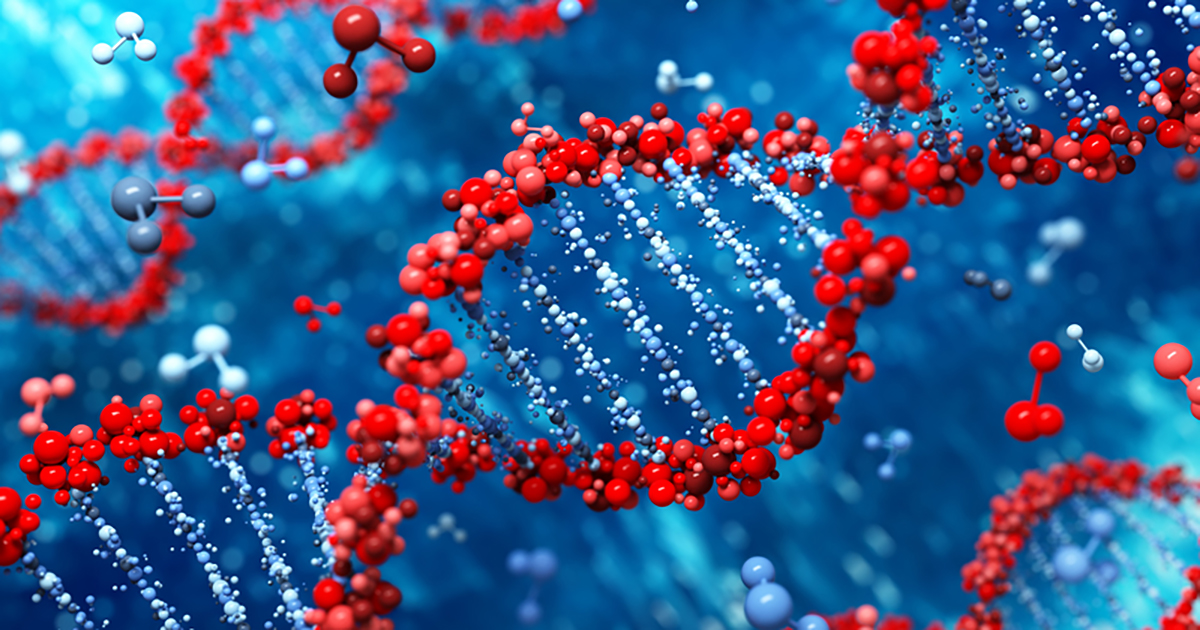What Is Torus Palatinus And What Causes It?
The mouth is the gateway to the rest of the body. It is a small part of the overall anatomy of our bodies, but it plays a crucial role in our everyday lives. It is through the mouth that we drink, eat, speak, and even reveal our radiant smile. The mouth comprises of key players such as the teeth, gums, palate, and salivary glands. For many individuals, the palate is just the bony structure of the mouth that doesn’t play a significant role in their daily life. But they are wrong! The palate is a structure overlaid with soft tissue that helps with chewing and swallowing food. Most importantly, the palate helps individuals form sounds when speaking. The majority of individuals have a normal palate that is smooth and concave. Others may have bony growths that appear along the center of the palate. These nodules (growths) are called torus palatinus. Learn more about this condition and what causes it now.
Description Of Torus Palantinus
A harmless, simple, and painless condition is the best description of torus palatinus. With time, small nodules (bony structures) may begin appearing at the roof of the mouth. They may grow bigger with time, but they are rarely painful or sore. These bony growths also do not interfere with an individual’s speech and eating. The word palatinus is used to describe the roof of the mouth while torus refers to the bony growths.
Torus palatinus is among the commonest exostosis of the oral cavity. These growths are not cancerous, so there is nothing to worry about. They differ in shape with most of them assuming lobular, nodular, irregular, or spindle-like shapes. Simple radiography reveals opacity on the affected area probably due to the bone density. These bony growths do not result in any complications. That’s why most of the experts warn against removing them in most cases, though certain situations may require their removal. For instance, when individuals need to be fitted with dental prosthetics or when they impact an individual's speech or eating ability.
Learn about the causes of torus palatinus now.
Genetic Component

Genetics play a significant role in the occurrence of torus palatinus. Studies revealed if the parents have torus palatinus, there is a forty to sixty percent chance their children will have it too. If the parents do not have this condition, there is a five to eight percent chance their children will have it. It is estimated torus palatinus affects about twenty percent of the general population, and most of the cases are due to genetic predisposition. Previous studies have shown torus palatinus is more prevalent in women than in men. However, this condition does not depend on age, and therefore it can affect individuals in all age groups. Torus palatinus is prevalent in younger individuals because most of them have a high bone density.
Keep reading for more on the causes of torus palatinus now.
